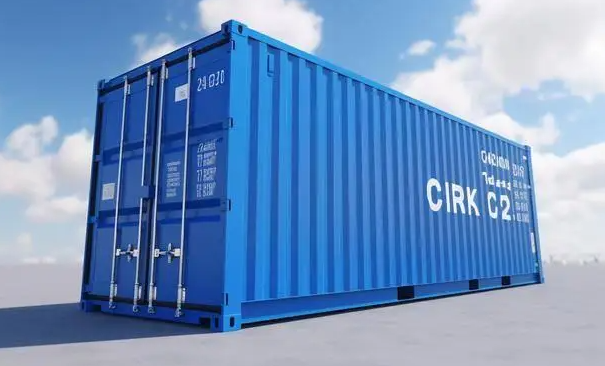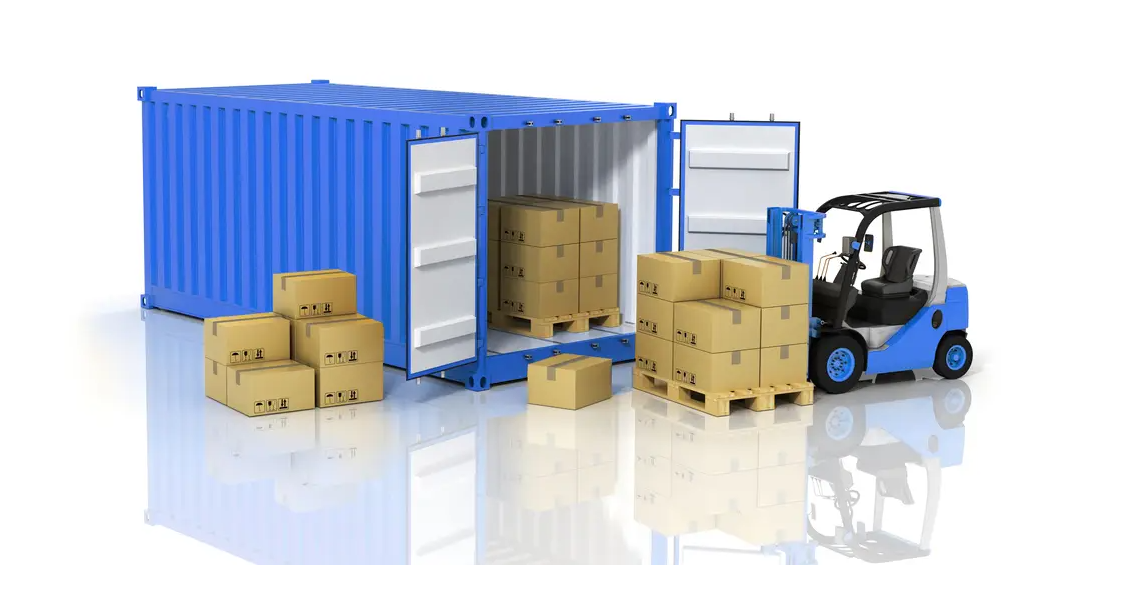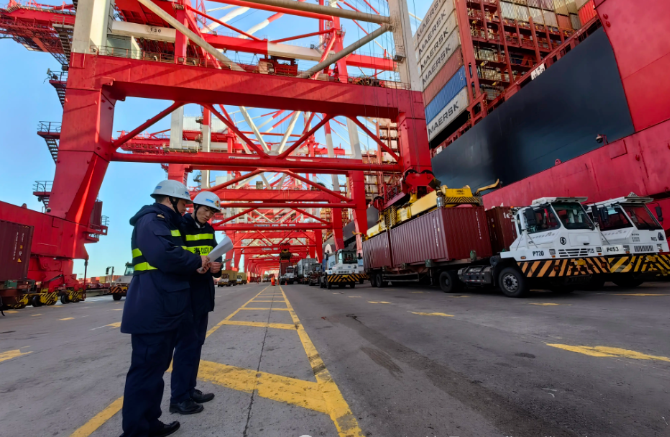All categories >
Conditions required for container transport
Categories:
News Center
Industry Encyclopedia
News
Time of issue:
2025-04-18 18:03
Views:
Container transportation requires meeting several conditions:

Container Conditions
• Container Specifications: Must conform to international or relevant industry standards, such as ISO standard containers, commonly 20 feet and 40 feet, and Special Containers such as 45-foot high cubes. Their dimensions and tolerances must meet standard requirements.
• Container Structure: The container should be intact and undamaged. Doors, hinges, floors, roof, side panels, and front walls must be free of damage or deformation that would affect loading. The interior must be clean, free of residue and odors.
• Securing Devices: Securing points such as lashing rings must be free from welding cracks or breaks. Fixing devices must meet design requirements; the tensile strength of hooks and tie rods must conform to standards.
• Markings and Labels: Labels and safety markings must be affixed as required. Information such as container number, dimensions, tare weight, payload, and manufacturer must be clearly visible. Dangerous goods containers also require appropriate Dangerous Goods Labels 。
Cargo Loading Conditions

• Weight Limits: The total weight of the cargo must not exceed the container's rated load capacity, and the load limits of the transport vehicle (e.g., ship or truck) must also be considered. For example, the maximum load capacity of a 40-foot container is usually around 25-28 tons.

• Loading Method: Cargo must be stacked and secured properly to prevent shifting or collapse during transportation. Different types of cargo, such as general cargo, dangerous goods, and refrigerated cargo, have different loading requirements. For example, dangerous goods must be loaded according to dangerous goods classification and stowage requirements, and effective segregation must be maintained between different types of dangerous goods.
• Cargo Packaging: Cargo packaging must be strong and suitable, capable of withstanding various forces and environmental factors during transportation, such as vibration, collision, humidity, and temperature changes. Fragile or easily damaged goods require appropriate cushioning packaging materials.
Transport Vehicle Conditions

Sea Transport:
• Container ships must have the appropriate seaworthiness certificates. Their loading manuals and securing manuals must clearly specify the number of containers, layers, and weight limits.
• The ship's securing equipment must be complete and effective to securely lash the containers, preventing them from shifting or falling due to wind or waves during navigation.
• Ballast, course, and speed must be adjusted according to meteorological and sea conditions to reduce the impact of ship roll on the containers.
Road Transport:
• Vehicles transporting containers must have good braking and suspension systems to ensure smooth and safe operation.
• The vehicle's towing device and the container's connection device must be strong and reliable, such as using twist locks or similar devices to secure the container to the flatbed or container-specific trailer.
• The vehicle's load and dimensions must comply with relevant traffic regulations to avoid overloading, overheight, or overwidth violations.
Rail Transport:
• Railway container handling stations must have the appropriate loading and unloading equipment and facilities to meet the loading, unloading, and storage needs of containers.
• During rail transport, containers must be secured using twist locks or similar devices on flatcars or special container cars according to regulations.
• Containers for rail transport must meet rail transport gauge requirements to avoid collisions with railway facilities during transport.
Transportation Environmental Conditions
• Loading and Unloading Area: The loading and unloading area should be spacious, flat, and have a hard surface. It should be free from pollution and safety hazards to ensure smooth operation of forklifts, cranes, and other loading and unloading equipment. Non-operating personnel are not allowed to enter the loading and unloading area.
• Transportation Route: The selection of the transportation route should consider road conditions, bridge weight limits, tunnel height restrictions, and other factors to avoid delays due to poor road conditions or restrictions. For special cargo, such as dangerous goods and oversized cargo, relevant transportation route regulations must be observed.
• Meteorological Conditions: Severe weather such as typhoons, heavy rain, heavy snow, and heavy fog can significantly affect container transportation. Under these weather conditions, appropriate safety measures should be taken, such as reducing speed and increasing inspection frequency. Transportation may need to be suspended if necessary.
Personnel Conditions
• Operators: Including loading and unloading personnel, drivers, and crew, they must receive professional training, master container loading, unloading, transportation, and lashing skills and safety knowledge, and possess the relevant professional qualification certificates.
• Management Personnel: Responsible for formulating transportation plans, monitoring and managing the transportation process. They must be familiar with relevant regulations, standards, and business processes for container transportation and be able to handle problems that arise during transportation.
Other Conditions

• Insurance Requirements: It is generally recommended to purchase appropriate insurance for the container and its cargo, such as Cargo Transportation Insurance and All Risks for Containers, to reduce risks such as cargo loss and container damage during transportation.
• Customs and Inspection and Quarantine Requirements: For cross-border container transportation, customs declaration and inspection requirements must be met. Containers containing plants, animals, food, pharmaceuticals, and other goods must also comply with relevant inspection and quarantine regulations.
Keywords:
Container transport,Sea freight container,Vessel transport










